What can be better than charging your electronic devices while you’re hiking somewhere in the mountains and not even knowing it? Creative inventors behind Go Kin packs have set to revolutionize the way we charge our mobiles with their invention for which they’re raising funds through Kickstarter campaign.
A new concept of remote off-the-grid portable charger
Although there are already plenty of alternatives on the market for charging your mobile away from the power grid, all have advantages and disadvantages tied to weather conditions (solar battery charger, wind turbine, water turbine), availability of resources (biomass) or require specific hand gestures (windup battery charger) to produce electricity and charge your electronic devices.
Go Kin backpack generator brings a new advantage to the table. It’s small enough to fit in a rucksack and it powers up your gadgets while walking and hiking without any extra unnatural movement. Walking generates the electricity, meaning that, unlike solar or wind power, you have reliable access to power in any weather conditions. By the time you reach your destination, you’ll find you’ve got enough energy stored up to charge your cell phone and other electronics, use your laptop or do anything else that requires power.
How does it work?
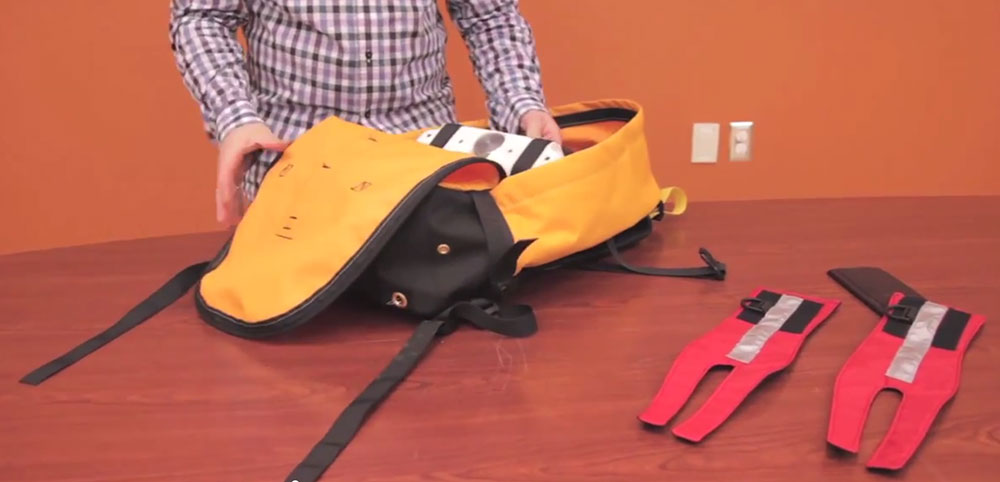
The idea is to capture the kinetic energy and transform it to electricity. While you’re actively hiking or walking around a trail the Go Kin backpack is absorbing energy from movements of your legs and generating electricity for powering your gadgets. The main part of the backpack is an integrated generator at the bottom of the backpack’s main compartment with the two cables which pull out and attach to the wearer’s shoes, transforming the energy from the motion of walking into electricity. The generated electricity can be either used simultaneity powering USB connected electronics or it can be stored to the included lithium-ion battery for later use. The creators of Go Kin claim that five minutes of active walking can generate enough electricity to give your cell phone up to 25 minutes of talk time.
Current Technical Specifications
The latest version of Go Kin power pack comes with two USB ports for charging gadgets and a power jack for charging the internal battery directly from an outlet. It also has a battery indicator light which shows how much power is available. In response to consumer demand, while still raising funds, they even added the ability to attach solar panels directly into the GO KIN through DC port. This extra feature can easily increase the GO KIN’s power output by 30 to 150% when securely attaching 5 to 15-watt solar panels to the backpack with adjustable bungee cords and enabling you to charge your electronics by walking, by the sun, or by the power of the sun and walking combined.
SPECIFICATIONS:
- weight is 2.6 lbs/1.2 kg (with electronics and battery)
- dimensions: 10″ X 5″ X 3″ ( 25 cm X 13 cm X 8 cm)
- a built-in lithium-ion battery with 7.2 V, 2755mAh capacity
- two USB ports for charging electronics with 5V, 2A
- one mini USB port for data-collecting applications
- DC power jack for charging the battery or electronics through the two USB ports
- LED battery indicator light
As the GO KIN is still in development phase final specification can change.
Limitations and disadvantages
While the Go Kin backpack brings several advantages with creative way of generating electricity it also has some disadvantages. The main setback could present its weight as the 2.6-lb can be a bit of problem for carrying on the remote hiking trips when you tend to pack lightly, bringing only necessary items to avoid excessive weight. With cables attached to your legs there’s a chance you could get tangled while walking in forested area so extra caution could be needed. But the convenience of charging your electronic everywhere you go can be a good reason to put on some extra weight to your backpack and looking where you’re stepping.
Where to buy?
Go Kin is still in development phase and hopes to begin production of its packs within the next few months. You can get it by supporting their Kickstarter campaign with a US$295 pledge for a generator-equipped fanny pack and $395 pledge for a backpack.


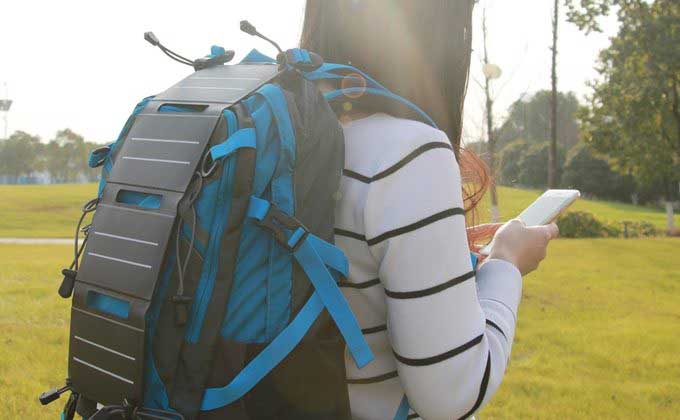
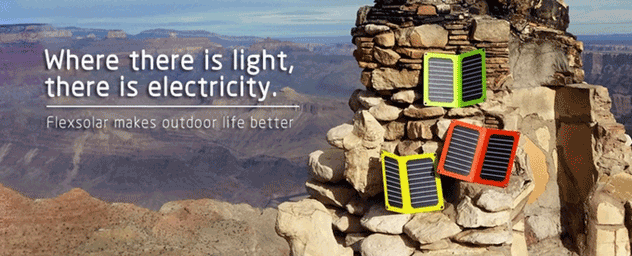
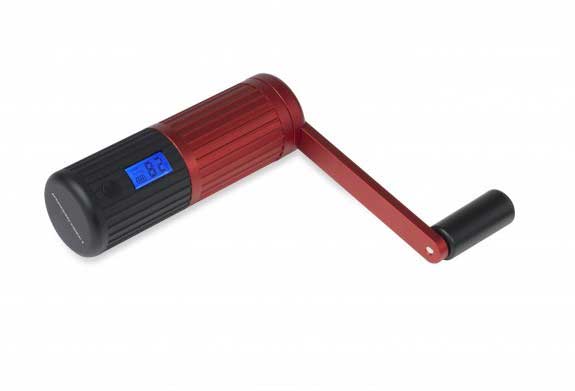

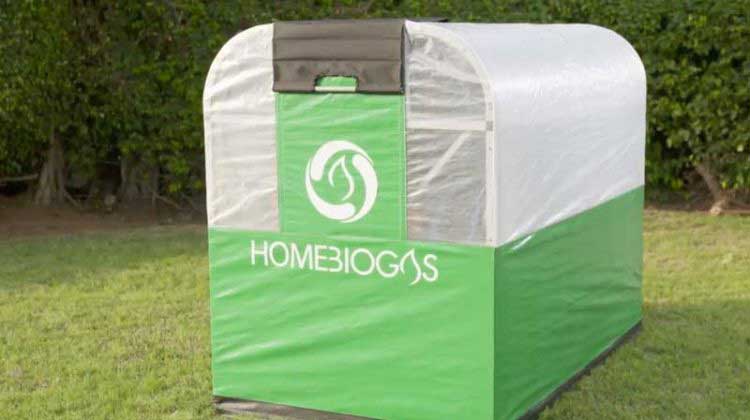

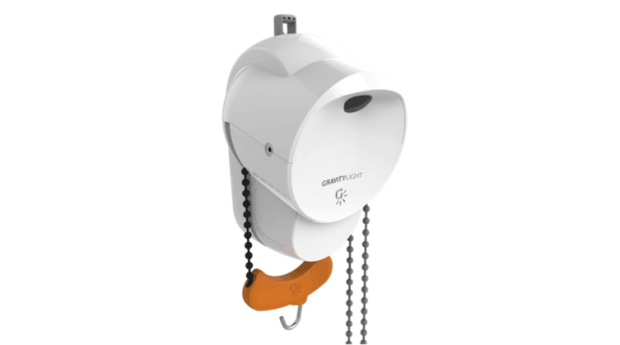

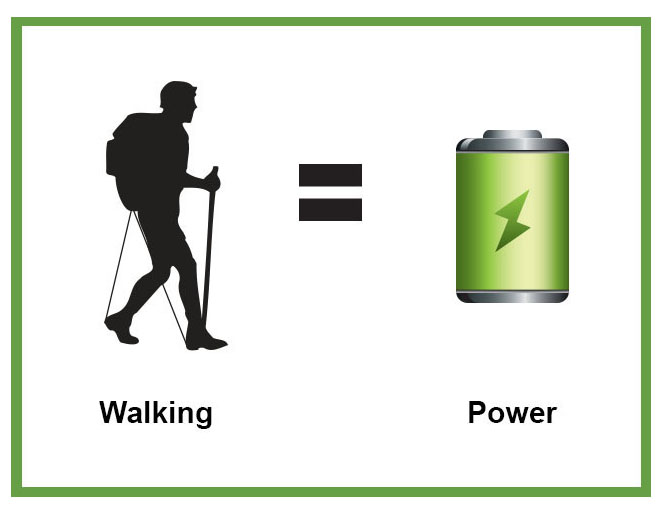
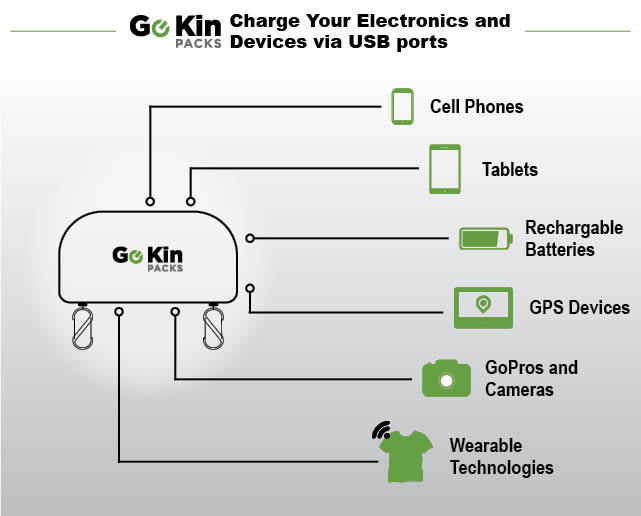

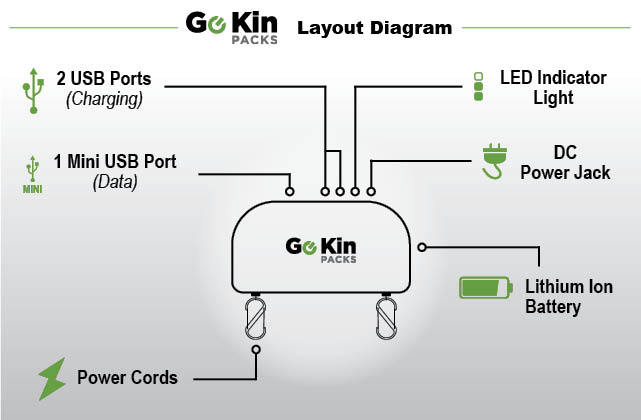
No Comment